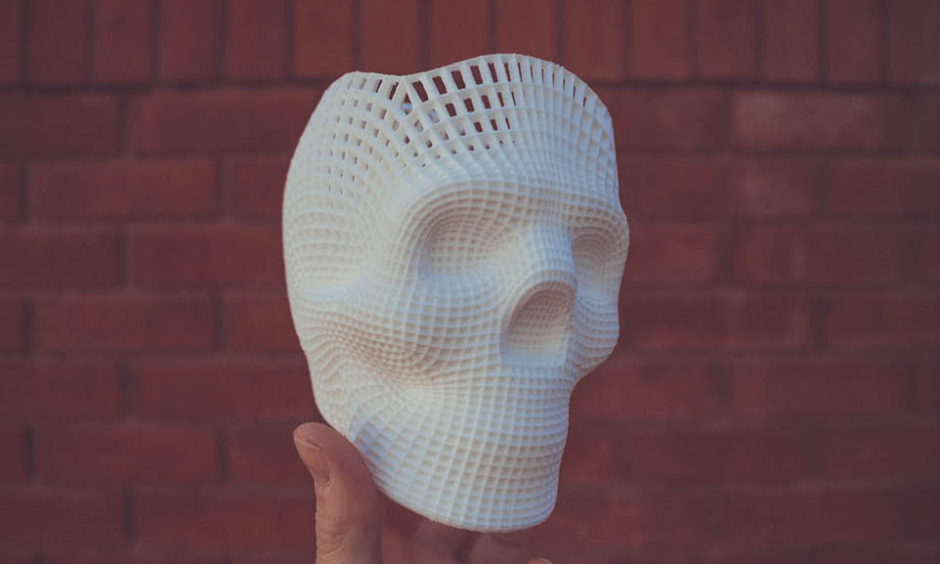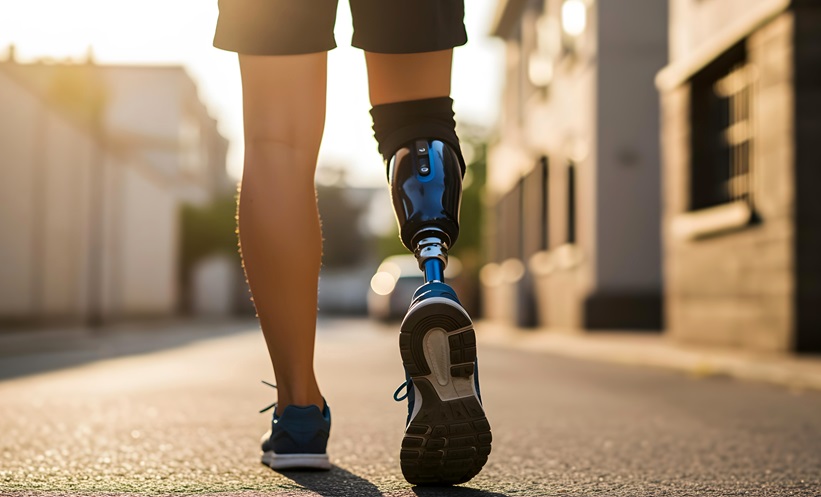Written by Kirstie Turner | Editorial Assistant, EMJ![]()
Introduction
Amongst the plethora of ground-breaking innovations in healthcare, one standout feat of engineering is addressing an abundance of conditions: three-dimensional (3D) printing. In the >35 years since Chuck Hall produced the first 3D printer, and with it the world’s first printed item, an eye wash cup, 3D printing has come a long way in many industries, from a working gun to an acoustic guitar. And now? The technology is being harnessed for fertility preservation, healing burn victims’ skin, and individualised prosthetics, amongst many more areas in healthcare.
Fertility Preservation: Ovary Printing
It is just 2 years since researchers first used a 3D printer to produce a viable ovary that was implanted in mice, who went on to produce offspring.1 Gelatine ink was used to print exact patterns until a 3D model is constructed, designed to replicate a natural ovary. Ovary follicles were then placed into the printer model; these contain eggs and hormone-secreting cells. When implanted into mice, their blood vessels began attaching to the ovaries, which were then able to function.
The eventual goal is to replicate this in humans, providing an option for women who have undergone treatments that cause sterility, such as chemotherapy. While fertility preservation options have been improved by the advent of ovarian tissue freezing before treatments, this has considerable limitations, such as a time limit. For human application, ovary follicles would be removed from females prior to chemotherapy. Once the scaffolding has been printed, this tissue could be added, before implanting the 3D ovary structure into the patient post-chemotherapy.
Skin Grafts for Burn Victims
In the realm of dermatology, a team in the USA has developed a printer that could take over from skin grafts in the healing process of burn wounds. This technique involves scanning the wound to assess the size and depth; then, this data is processed to create skin cells that are printed to cover the burn.2 The printer, similarly to the ovary device, uses ink to structure the skin, which in this case is made from the patient’s own cells.3 This reduces the chance of the new skin being rejected. A biopsy is taken, harvesting fibroblast and keratinocyte cells. This sample is then used to grow more cells which go on to form the ink.
Technologies such as this could remove the need for skin grafts, which can often result in a traumatic healing process and substantial scarring, and can be hindered by a lack of healthy skin on the patient’s body to harvest the graft. This research, again completed in mice, is now destined for human trials, with the eventual goal of treating burn wounds, amongst other complicated wounds that are difficult to heal.
Prosthetic Limbs
Natural materials, such as cells and gelatine, are not the only materials being sourced for 3D printing; technology that uses man-made materials is also being used in areas such as prosthetics. This is not only offering a quicker turnaround time on creation of prosthetics but can considerably reduce the cost of the traditionally expensive prosthetic options. Printing can also offer a completely customised option, increasing comfort and usability for the patient.4
Some 3D printer options are innovating this even further, such as Limbitless Solutions5 who are trialling prosthetic arms which have muscle-flexing built in, allowing guided movement in the arm. The arms are created from acrylonitrile Butadiene Styrene plastic, offering a lower production cost, increasing their potential reach. They even personalise the arms they create for each child so that it is completely individual and helps them to feel more confident.
Conclusion
These are just a handful of examples from the ever-growing world of 3D printing within healthcare, which is offering innovative solutions across many therapeutic areas. While much of the research is still at the stage of animal trials, there are some promising results in humans as well. From growing organs to replacing life-changing limb loss, the possibilities in this realm are seemingly endless.








